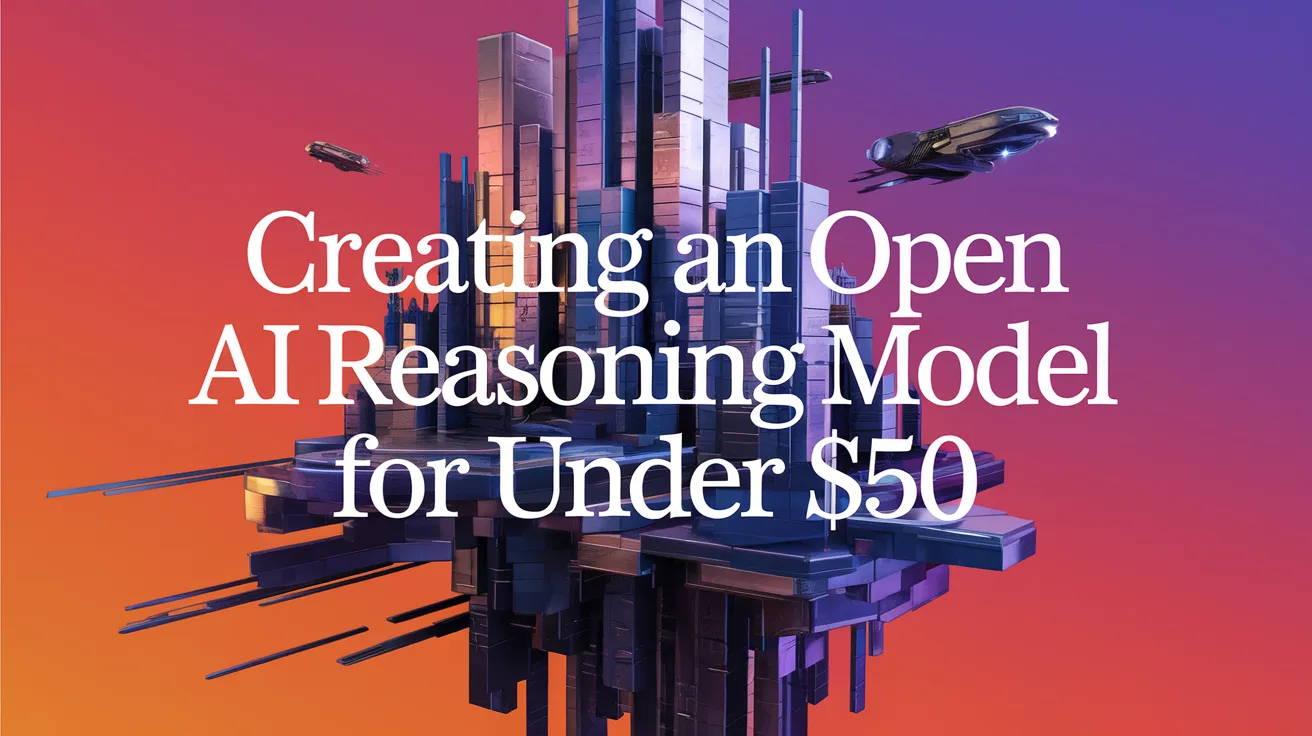Creating an Open AI Reasoning Model for Under $50

Researchers at Stanford and the University of Washington have successfully developed an AI “reasoning” model named s1, achieving this feat for less than $50 in cloud computing credits. Released in a research paper last Friday, s1 demonstrates comparable capabilities to advanced models like OpenAI’s o1 and DeepSeek’s R1, particularly in problem-solving tasks related to mathematics and coding.
Cost-Effective Model Development
The team began the project by utilizing an existing base model and enhancing it through a process known as distillation, which allows for the extraction of reasoning capabilities from another AI model by utilizing its output for training. Specifically, s1 is distilled from Google’s Gemini 2.0 Flash Thinking Experimental model, a technique that parallels previous efforts in the AI community.
The productivity fostered by such a low-cost approach highlights the potential for smaller teams to innovate within the AI domain, prompting discussions about the commoditization of AI models. The question of whether any competitive advantages remain intact when major models can be closely replicated at minimal expense is a pertinent concern in the industry.
Industry Reactions
Not surprisingly, larger AI laboratories, including OpenAI, have expressed displeasure. OpenAI has even accused competitors like DeepSeek of improperly utilizing data from its API for the purpose of model distillation. These reactions reflect a broader anxiety within the industry over maintaining proprietary advantages amidst rapid and affordable innovations.
Key Advancements and Methods
The researchers’ emphasis was on achieving high reasoning performance with minimal resources, exemplified by their use of supervised fine-tuning (SFT) to train the model rather than the traditional large-scale reinforcement learning methods employed by some competitors. This approach allows for cost-effective training, dependent on a relatively small dataset consisting of just 1,000 questions and answers crafted from Google’s AI model.
Importantly, the training of s1 was completed in under 30 minutes using 16 Nvidia H100 GPUs, significantly underlining the efficiency of the model’s development.
Future Directions and Industry Challenges
Despite these advancements, the shift toward AI reasoning models and distillation methods doesn’t inherently guarantee superior innovations beyond existing AI capabilities. Major tech companies like Meta, Google, and Microsoft are preparing to invest substantial capital into AI infrastructure, emphasizing that significant financial input will be necessary to sustain and push further advances in AI technology.
The development of s1 raises critical questions about the future landscape of AI models, including whether new models can truly surpass their predecessors or if they will merely replicate existing functionalities at a lower cost. As the AI industry continues to evolve, stakeholders must closely monitor the balance between innovation and the preservation of intellectual property rights.